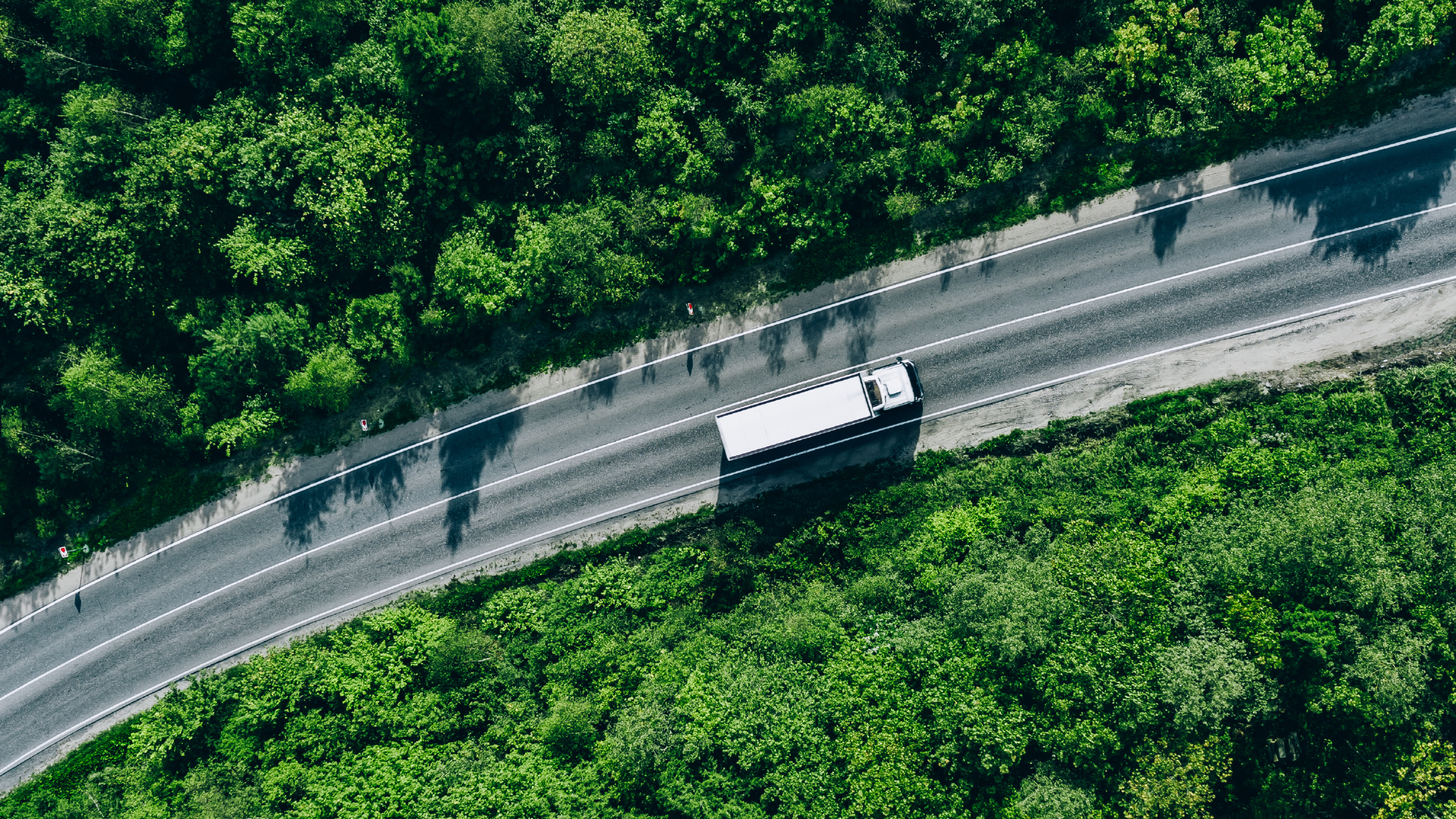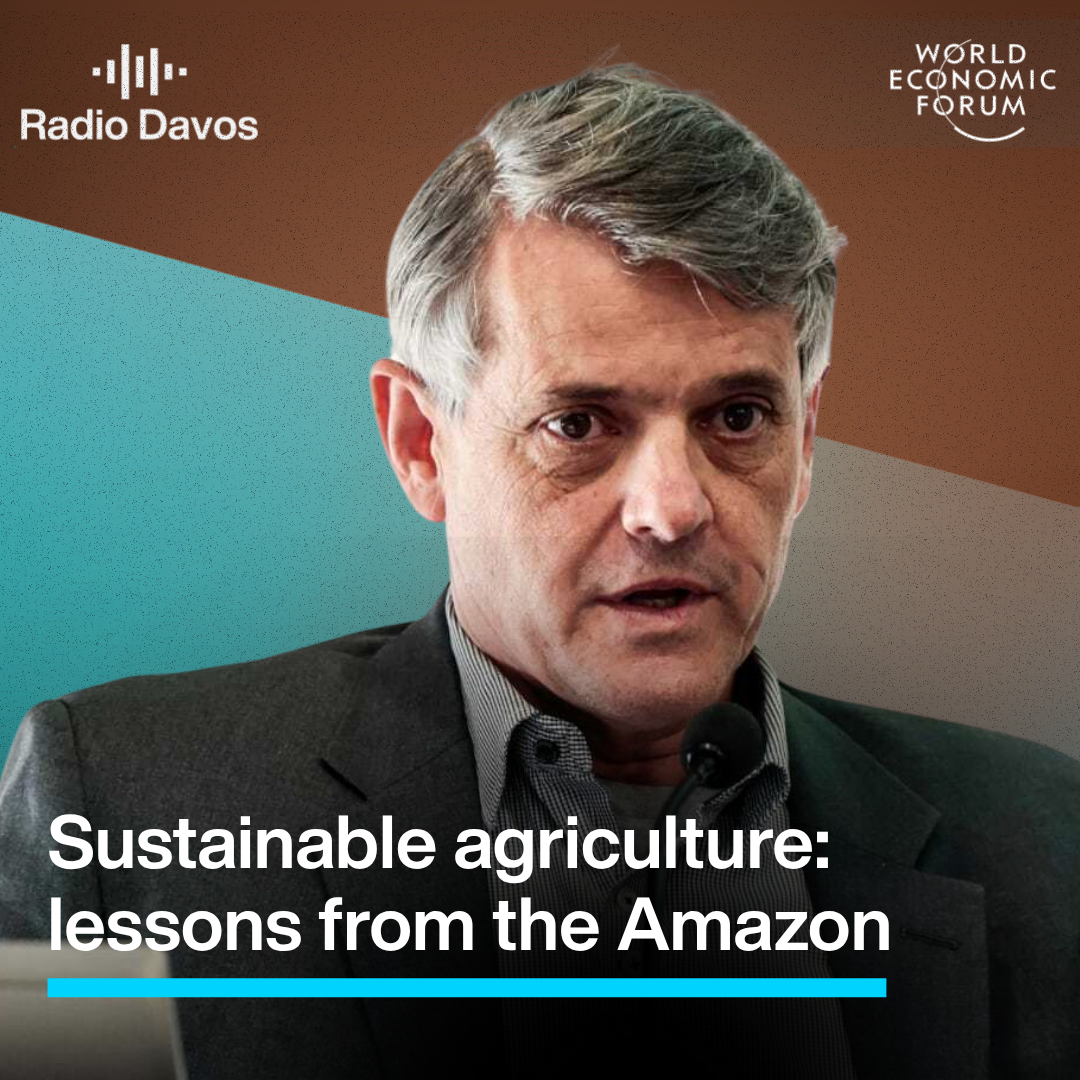This video is mesmerizing - and shocking

In the 1980s, old ice made up 20% of Arctic sea ice. Now it’s only about 3%. Image: REUTERS/NASA/Michael Studinger/Handout
Arctic sea ice is not only shrinking, it’s also becoming younger and thinner which leaves it more vulnerable to the warming ocean and atmosphere.
NASA calls this worrying trend a “double whammy”, and has released a new time-lapse video to show the rapid decline in the oldest Arctic sea ice over the past three decades.
Why old ice matters
Every year sea ice forms in winter and melts in summer, and the ice that survives the melt season thickens with each passing year.
Ice that has survived several melt seasons, known as multi-year or perennial ice, is about three to four meters thick. It is more resistant to melting and less likely to be broken up by wind and waves, which means it protects the sea ice cap during warm summers.
“What we’ve seen over the years is that the older ice is disappearing,” said Walt Meier, a sea ice researcher at NASA’s Goddard Space Flight Center.
“This older, thicker ice is like the bulwark of sea ice: a warm summer will melt all the young, thin ice away but it can’t completely get rid of the older ice.
“But this older ice is becoming weaker because there’s less of it and the remaining old ice is more broken up and thinner, so that bulwark is not as good as it used to be.”
These two NASA images show the dramatic reduction in older sea ice in the Arctic between 1984 and 2016.

In September 1984, there was 1.86 million square km of old ice (five years or older) left in the Arctic sea ice cap, compared to just 110,000 square km in September 2016.
“We’ve lost most of the older ice: In the 1980s, multi-year ice made up 20% of the sea ice cover. Now it’s only about 3%,” Meier said. “The older ice was like the insurance policy of the Arctic sea ice pack: as we lose it, the likelihood for a largely ice-free summer in the Arctic increases.”

Earlier this year, the National Oceanic and Atmospheric Administration (NOAA) created an animation that also shows the dwindling of the Arctic’s oldest ice. It tracks the amounts of ice of different ages each week from 1990 through to March 2016.
Don't miss any update on this topic
Create a free account and access your personalized content collection with our latest publications and analyses.
License and Republishing
World Economic Forum articles may be republished in accordance with the Creative Commons Attribution-NonCommercial-NoDerivatives 4.0 International Public License, and in accordance with our Terms of Use.
The views expressed in this article are those of the author alone and not the World Economic Forum.
Stay up to date:
Climate Crisis
Forum Stories newsletter
Bringing you weekly curated insights and analysis on the global issues that matter.







